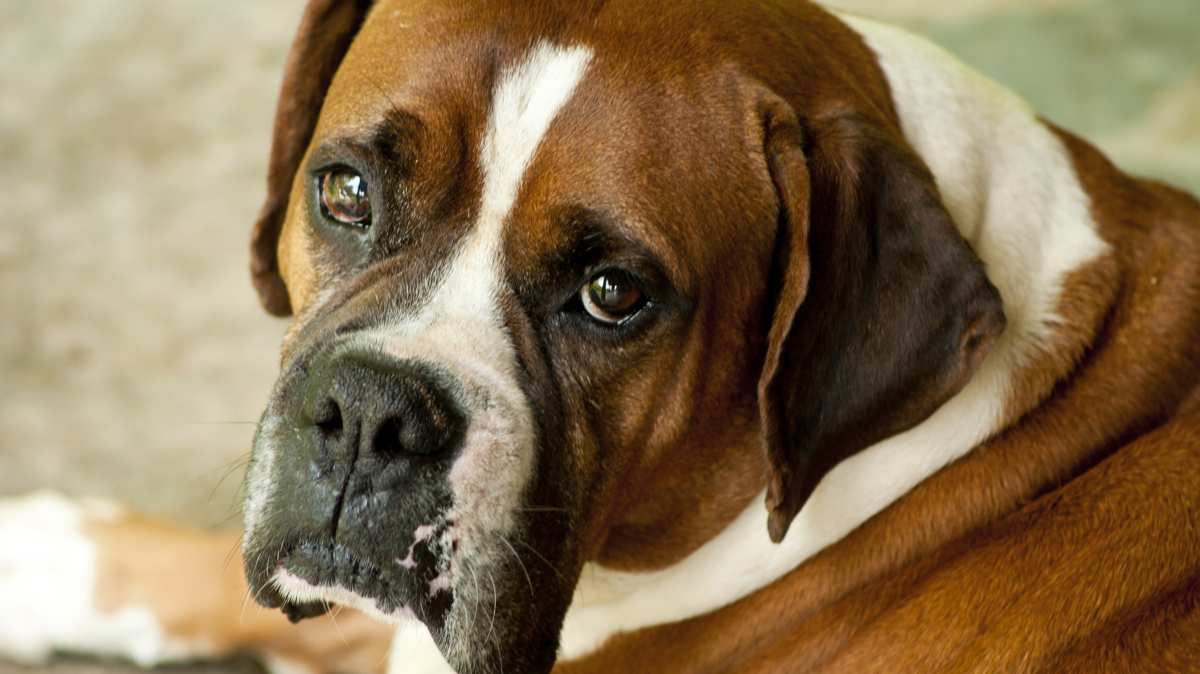Bull-boxer Breed Details
The Bull-Boxer, a breed classified in the Working group, likely originated as part of the "designer dog" craze in the U.S. in the 1980s, when a wide variety of purebred dogs were crossbred to eventually create entirely new breeds. Like its American Bulldog and Boxer parents, the Bull-Boxer is large-sized, friendly, athletic, and sometimes stubborn; this crossbreed makes a fairly good family pet. These dogs are best suited for families with large yards, and owners will need to provide their Bull-Boxers with firm, consistent training and early socialization with children and other animals.
PROS
- Good with kids, if properly trained/socialized
- Extremely active and athletic
- Minimal shedding
- Extremely healthy
- Low tendency to wander
- Relatively long lifespan (10-14 years)
- Low-maintenance; very little grooming or upkeep required
- Fantastic guard dog ability
- Low barking tendency
- Low sensitivity to being touched
CONS
- Stubborn and headstrong; will require consistent training
- High exercise requirements
- May be aggressive towards a perceived threat
- High tendency for obesity; food portions must be carefully controlled
- Sensitive to extreme heat or cold
- Aggression towards other animals; may view them as prey, and will need early training/socialization
- May become destructive if left alone
